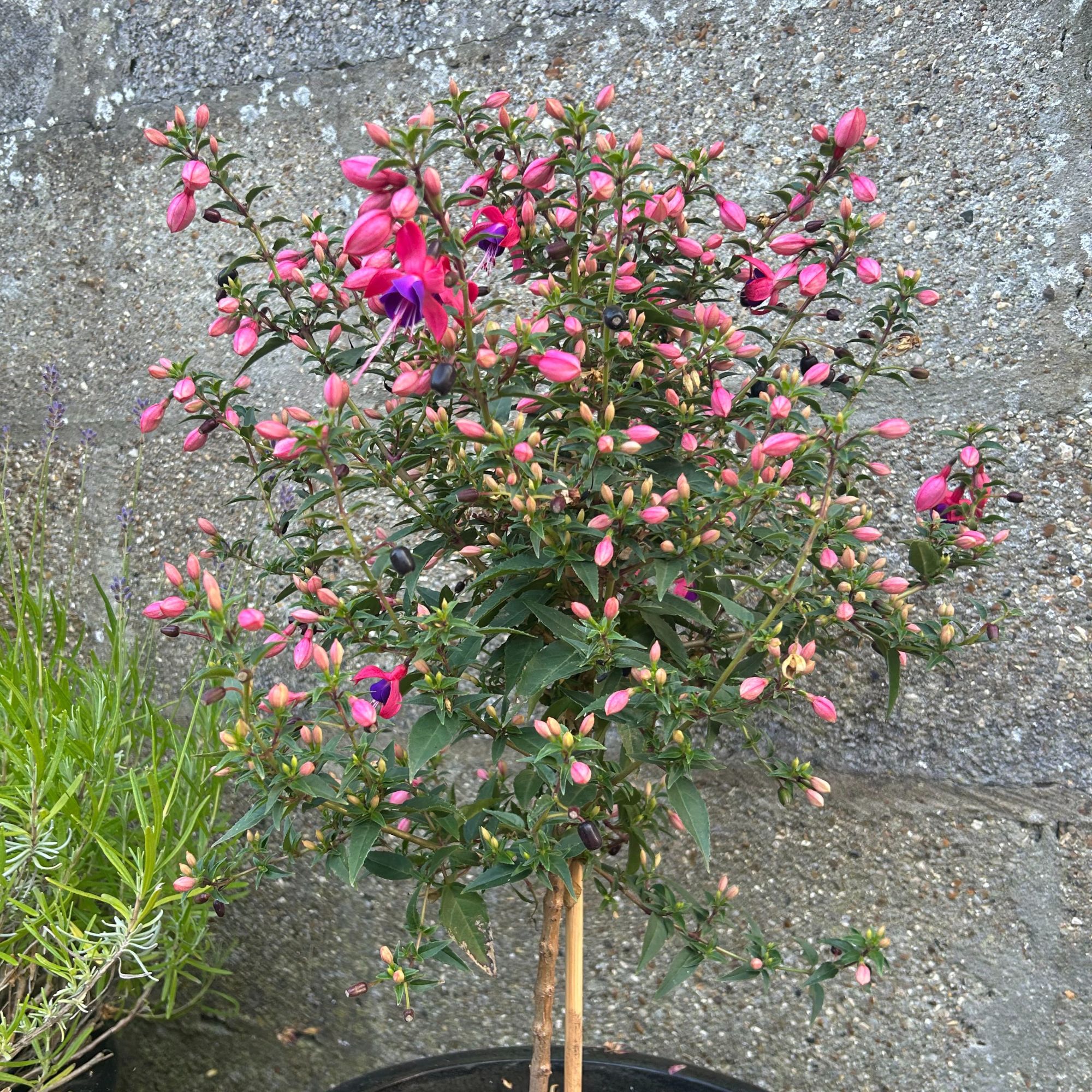
Fuchsias are a gardener's favourite. The fairy-shaped flowers add a touch of magic to the garden throughout the growing season, but learning how to prune fuchsias properly will encourage the best blooms.
In fact, fuchsias flower for such a long time that they're on our list of the best autumn-flowering shrubs. Besides learning how to take a fuchsia cutting, pruning is the best thing you can do for the plants.
'If fuchsias are not pruned, they become congested, and you’ll find that flowering will reduce,' warns Josie Lewis, Sarah Raven’s Head Gardener at Perch Hill.
Once you've worked out when to prune fuchsias, you can start learning the best techniques. To help you with that, we've put together a guide on how to prune fuchsias, from choosing the right tools to trimming tips.
How to prune fuchsias
Fuchsias are long-flowering plants that are fairly self-reliant, but it's important to prune them every year to remove any old, dead or diseased branches and open up even more space for future flowers.
'Generally speaking, you should prune fuchsias in spring to promote bushy plants, as they flower on new wood,' says Josie.
Pruning guidelines will depend on the type of fuchsia you have. Fuchsias generally fall into one of two categories: hardy or tender. We'll be covering both to help you get the most out of each type.
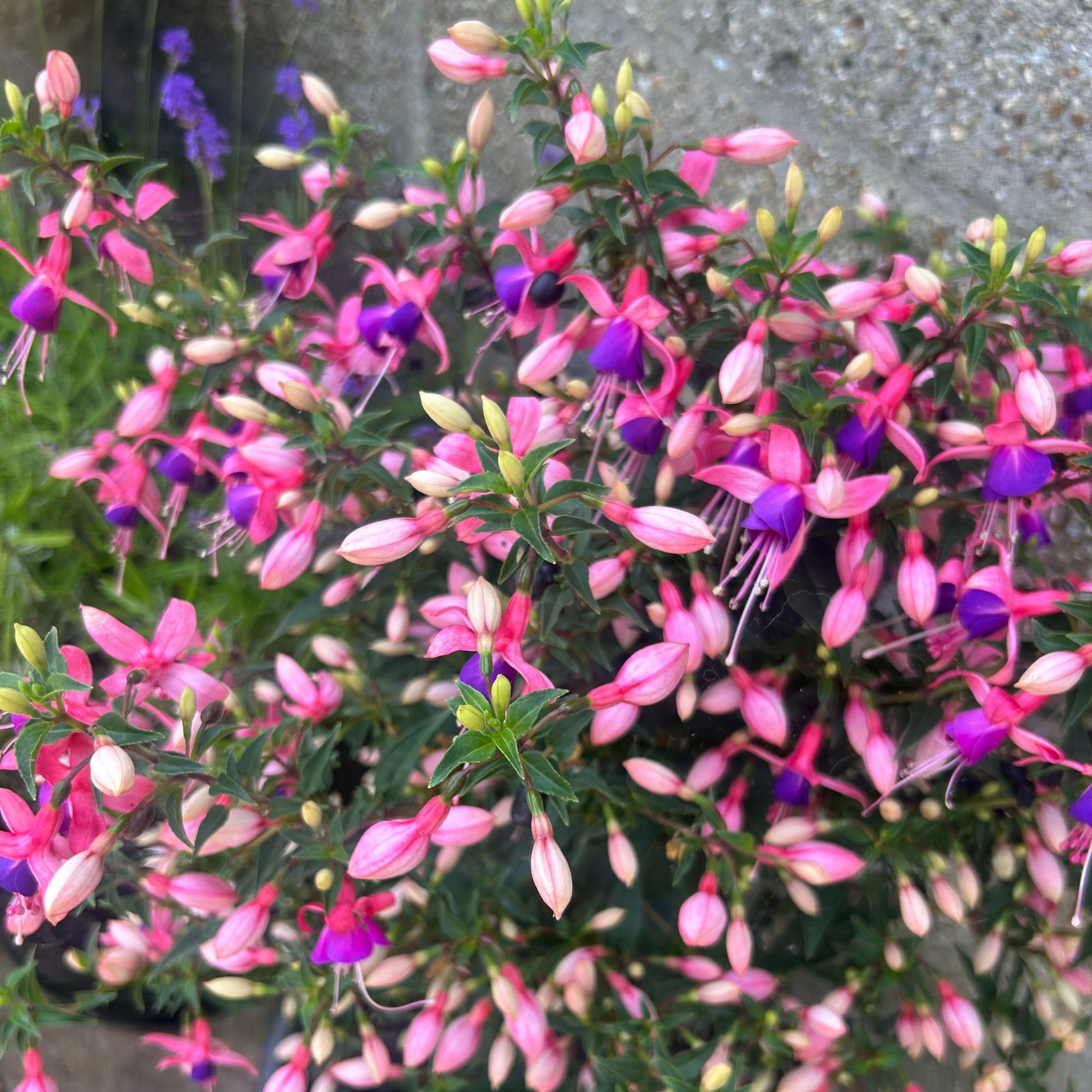
What you’ll need
You won't need much equipment to prune a fuchsia, but there are a few essentials:
- An established fuchsia plant
- Gardening gloves like the Draper Gardening Latex Coated Gloves from Amazon
- A pair of secateurs like the Gardena Garden Secateurs from Amazon
Step-by-step
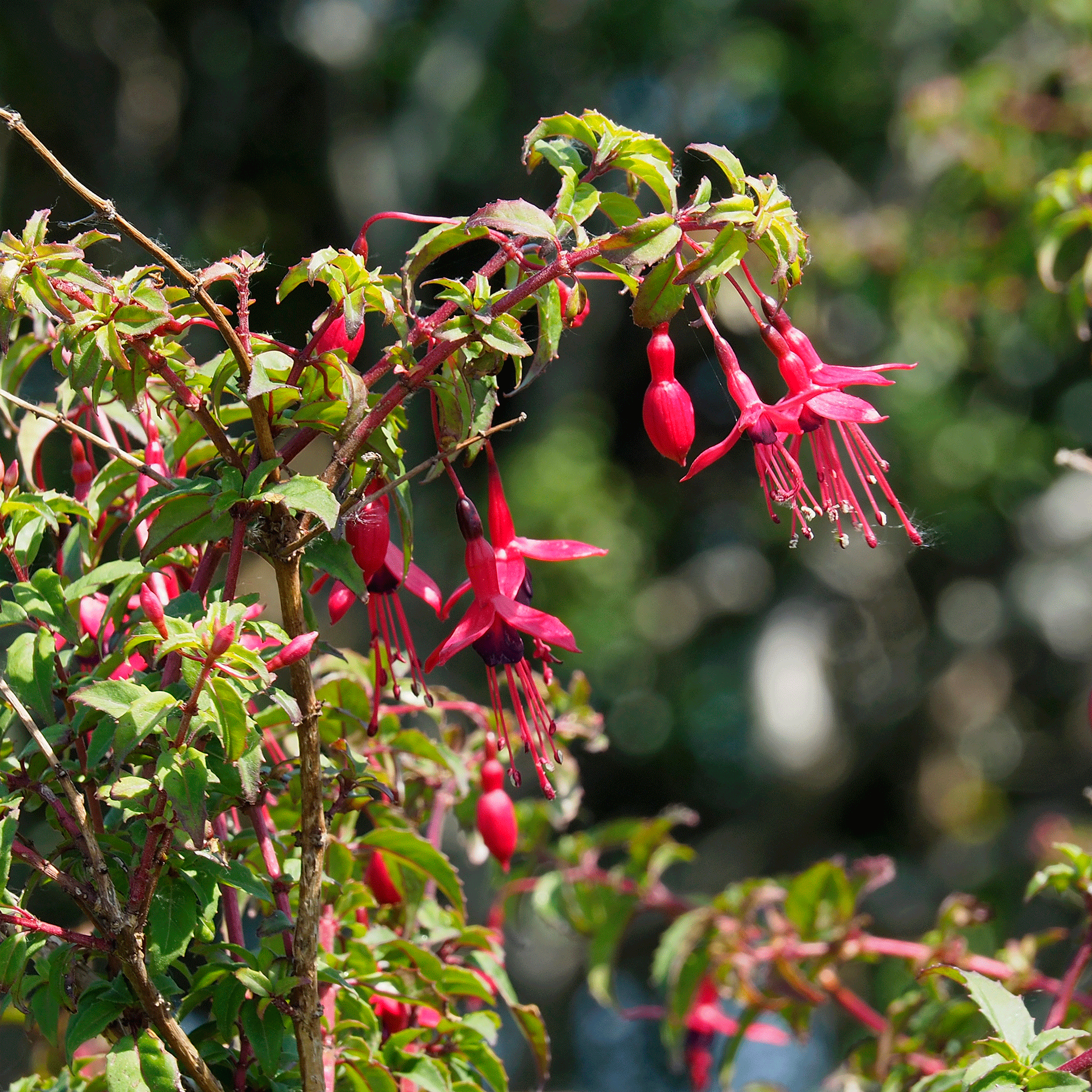
1. Choose the right time
Knowing when to prune fuchsias is key, especially as the two main fuchsia types many of us have in our gardens require pruning at two very different times of the year. So, it’s important to understand the difference between hardy fuchsias and tender fuchsias.
In essence, the clues are in the name. Hardy fuchsias are hardy enough to withstand the lower temperatures of winter, while tender fuchsias need protecting over the colder months. That's why learning how to overwinter fuchsias is so important.
Because of this, it’s best to prune your hardy fuchsias when you first spot signs of spring growth (which is normally around late March or early April) and to prune your tender fuchsias in September, before overwintering them and then pruning them again in the spring.
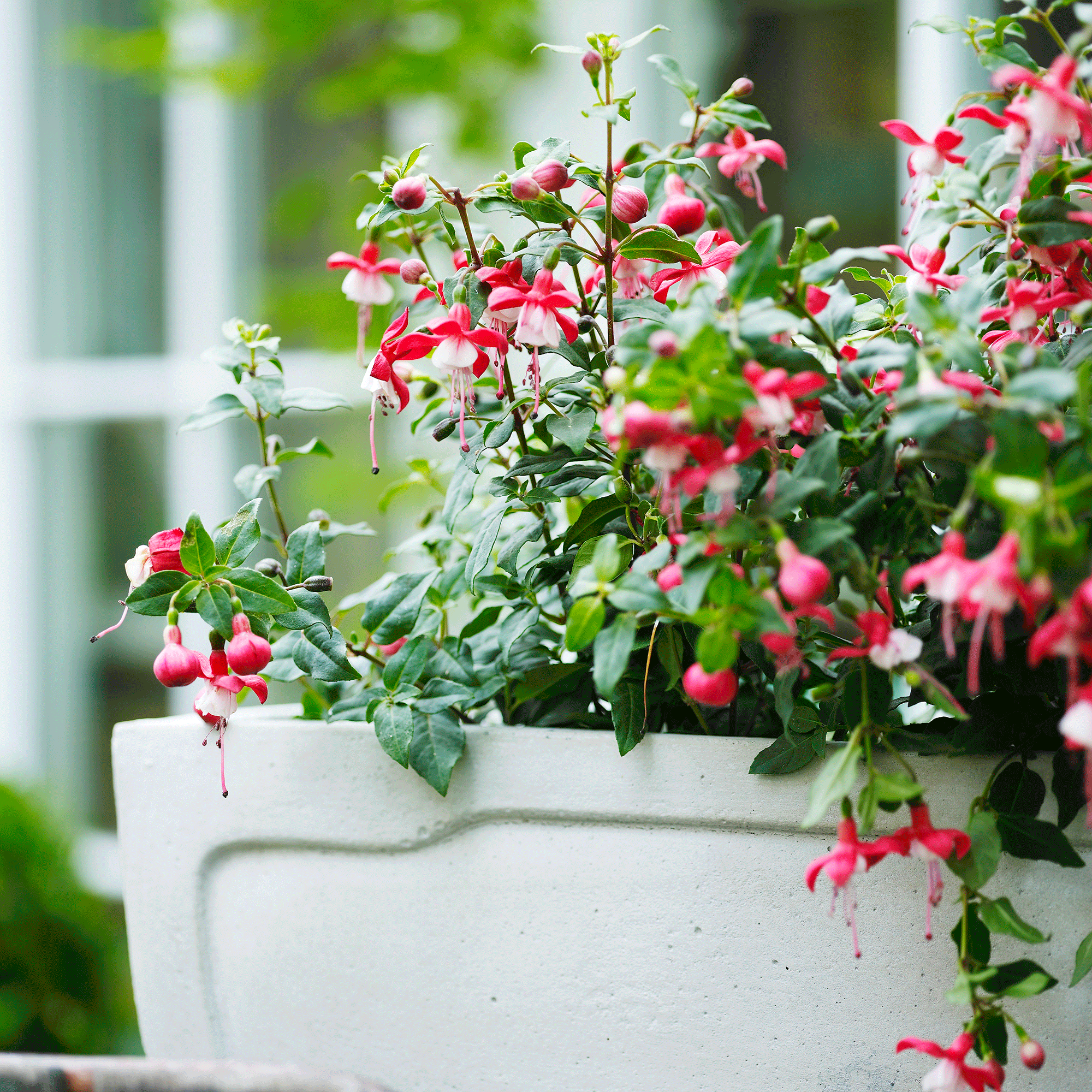
If you’re not sure what kind of fuchsia you have, it’s best to look at the size of the stems and the plant as a whole. Hardy fuchsias are incredibly bushy with thick stems, while tender fuchsias are thin and dainty and often used in hanging baskets.
2. Prepare your tools
It’s incredibly easy to grab your pruning scissors and start pruning your fuchsia without a second thought. But if you want a healthy and happy plant next flowering season, you'll need to use the proper tools.
'Always use sharp secateurs or shears when pruning, to prevent permanent damage to the plant,' advises Josh Novell, garden plant expert and director of Polhill Garden Centre. 'A strong, clean cut is important.'
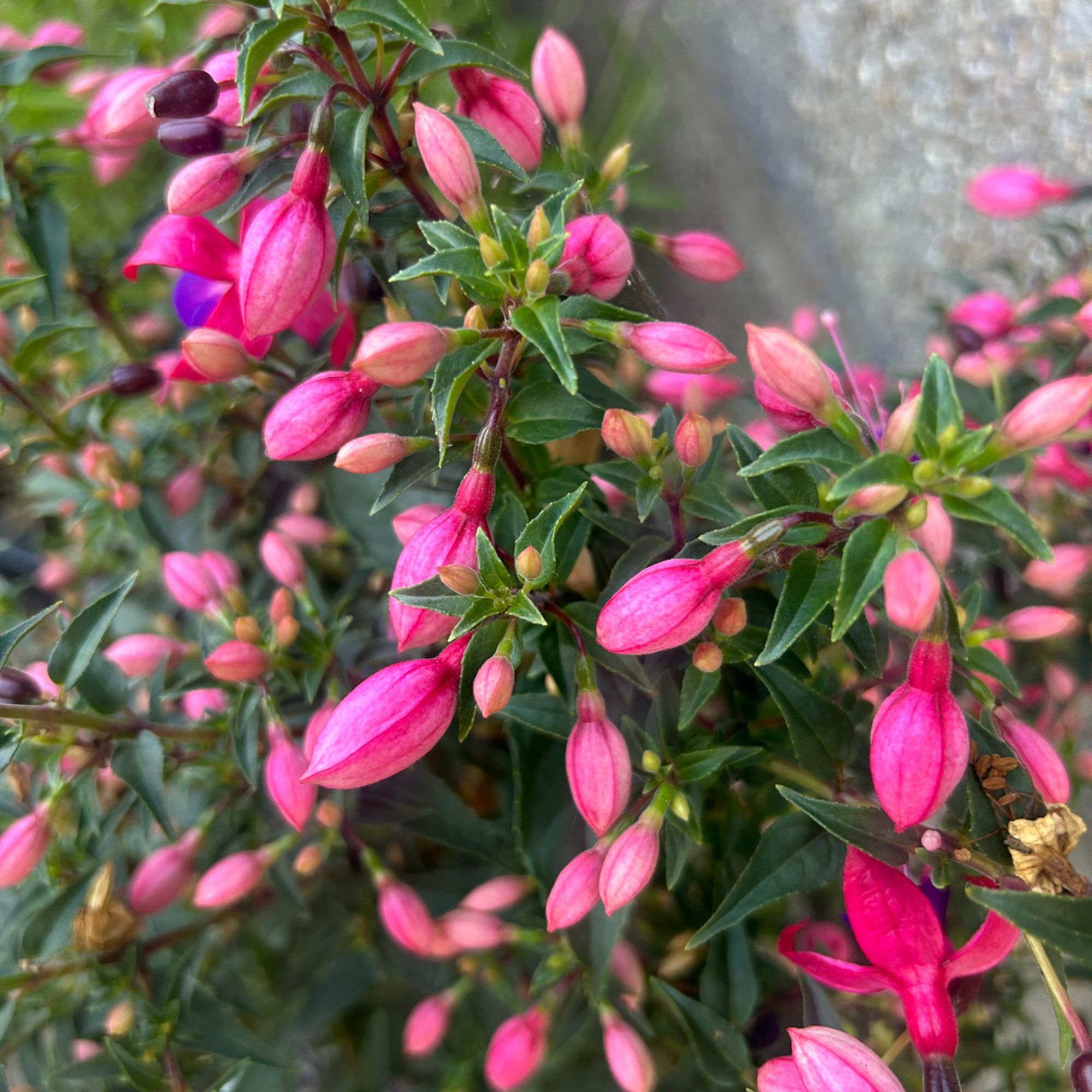
3. Remove dead branches
Fuchsias respond extremely well to pruning, and they relish the opportunity to shift dead weight and make space for new growth. That’s why it’s important to remove dead branches.
To begin with, grab your clean pruning shears and inspect your fuchsia. ‘Remove all of the weak growth, including the growth that’s dead or damaged,' says Steve Chilton, garden expert at LeisureBench.
It’s also a good idea to remove any branches that seem to be crossing over each other, as this will make it easier to shape the plant after pruning.
4. Pruning a hardy fuchsia
If you have a hardy fuchsia, you can start cutting back each stem, too.
'You should aim to cut back every stem to a pair of healthy leaf buds to help stimulate growth,' advises Josh. 'Don’t cut too far back – the remaining plant stems should be around three or four inches above the earth.'
It can feel a little adventurous to cut back every stem when you're first learning how to prune fuchsias, but despite their dainty structure, the plants are surprisingly tough.
'Hardy fuchsias like F. magellanica can be pruned quite hard in spring or left to form larger shrubs like we have in Perch Hill’s Oast Garden,' adds Josie. 'These only require minimal pruning to promote flowering.'
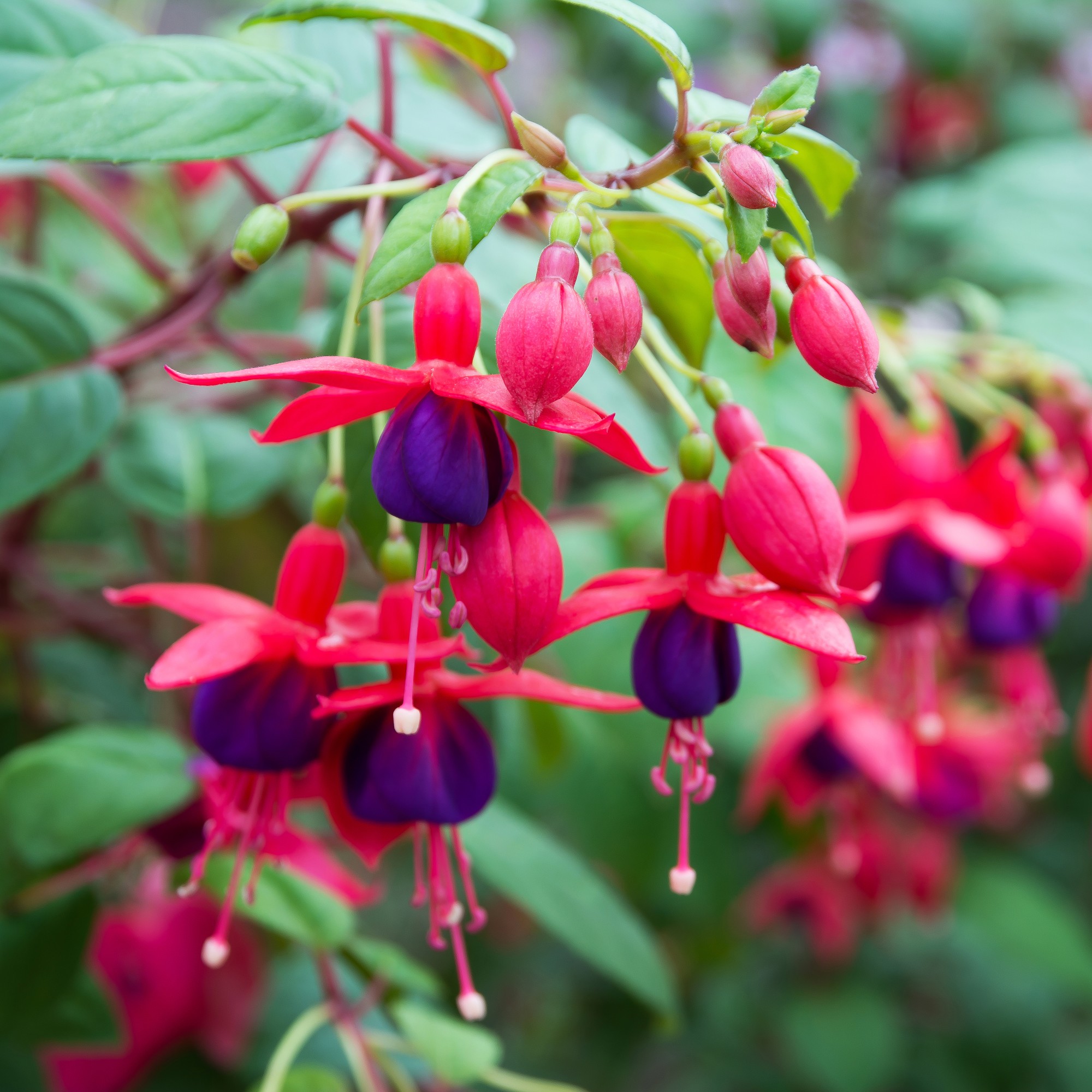
4. Cutting back a tender fuchsia
If you have a tender fuchsia and plan to overwinter it, it’s a good idea to cut back the plant to about half its size around September-time, removing as many leaves as you can.
'Cut the stems back to their lowest pair of healthy buds,' says Steve. This way, you’re cutting back the plant without cutting off any potential new growth.
'Avoid pruning all the way down to the base, though, as that can stress the plant out,' warns Josh.
Once your tender fuchsia has made it to spring, you can lightly prune it again, removing any weak growth and cutting the stems back to the lowest pair of healthy buds.
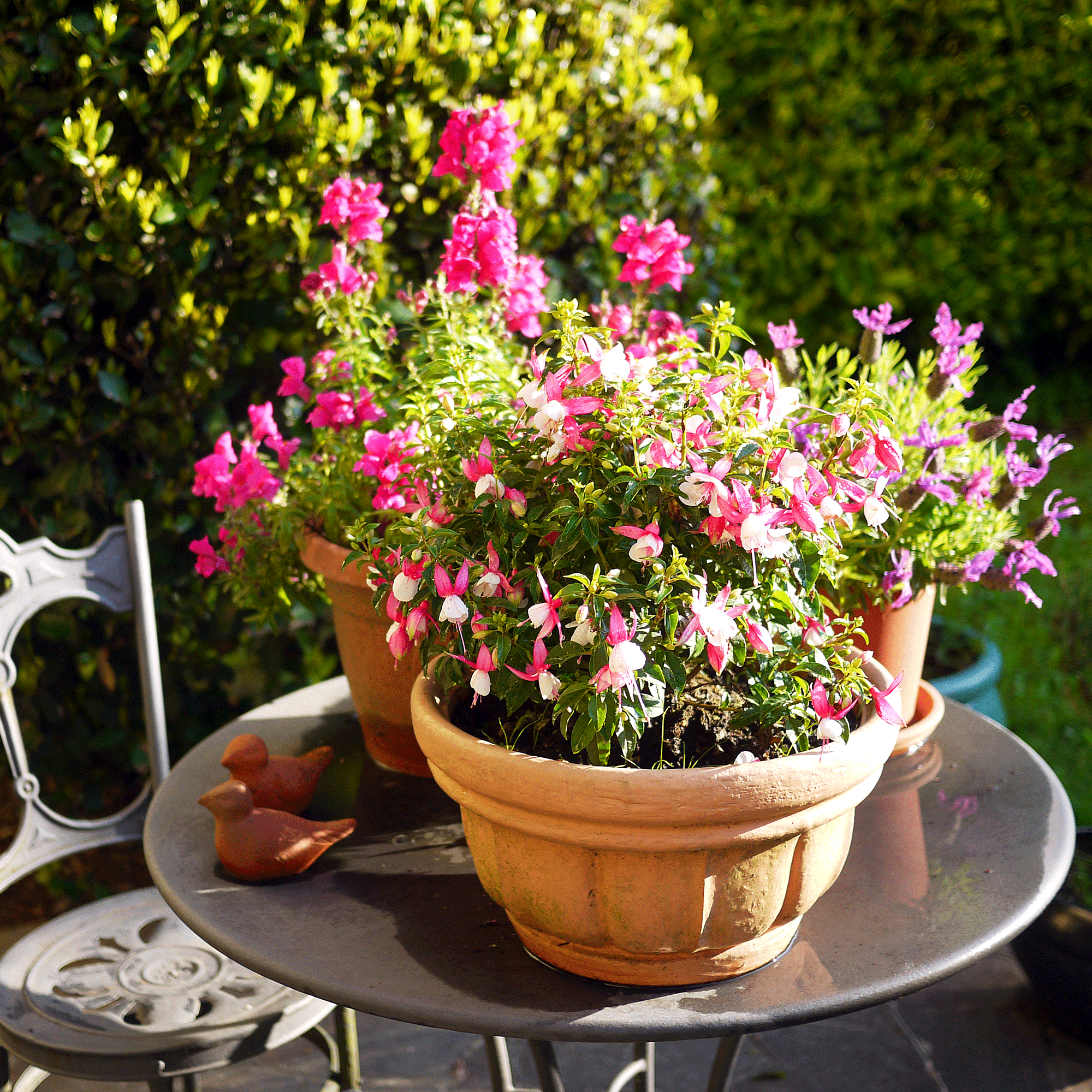
5. Pinch out the tips
If you want big and bold flowers next summer, it’s also a good idea to pinch out the tips as part of your fuchsia pruning process. By doing this, you'll promote branching and more flower production and encourage your plant to grow even bigger next year.
‘Pinch out the tips of the young shoots once they are around 5cm in length,' says Steve. 'You should pinch out every three or four leaves.’
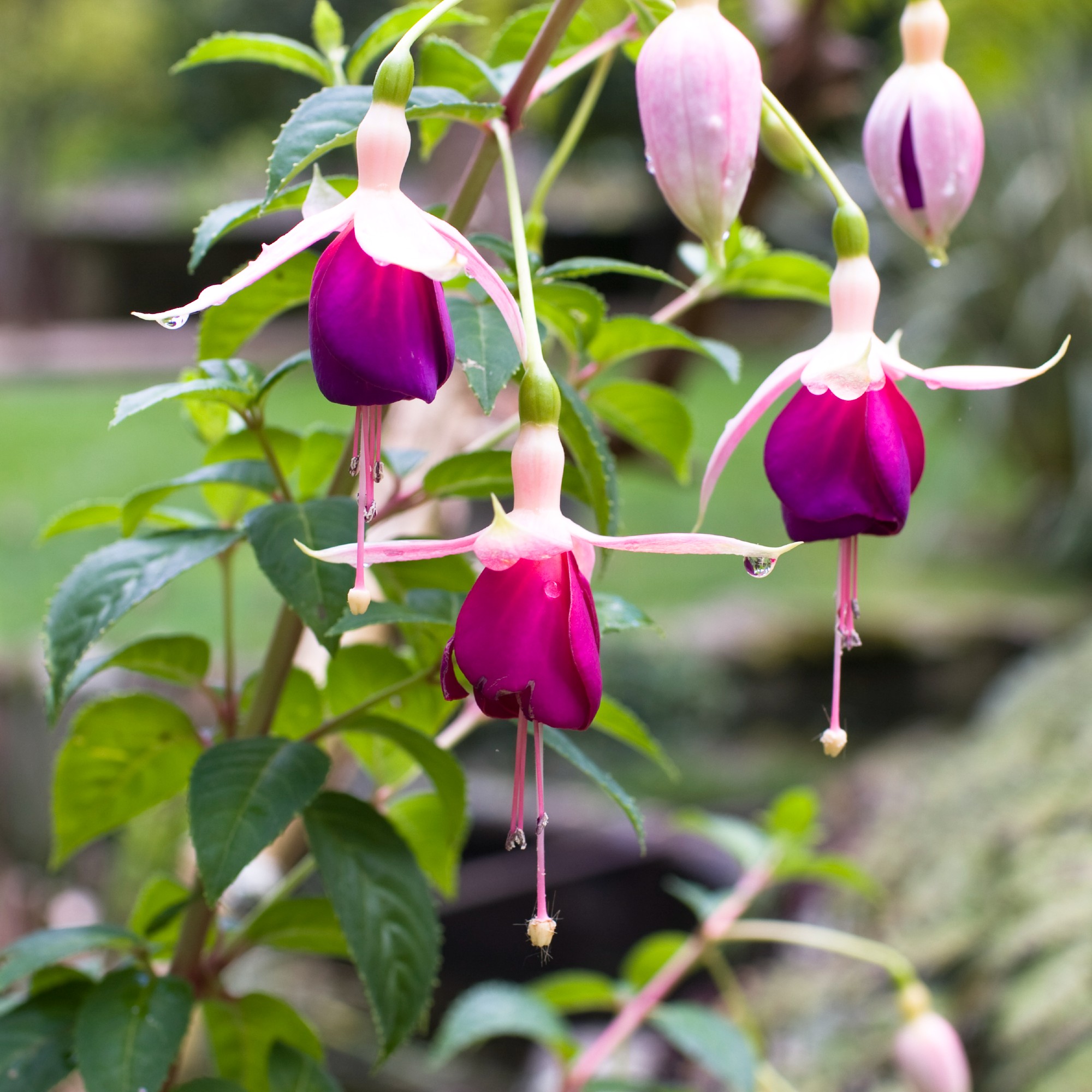
6. Keep on top of it
While it’s important to prune fuchsias at the right time of year, they’re fairly hardy plants that can also deal with a small amount of pruning and preening throughout the year if you feel it’s necessary.
Deadheading old flowers and cutting off dead leaves are great ways to keep your plant in good shape.
'Making sure you regularly fertilise your fuchsias can also help encourage healthy growth and, therefore, more flowers,' Josh adds.
It’s best to focus on the flowers and the leaves of the fuchsia if you plan to prune it outside of the pruning season, as one wrong move could result in disease. Stay away from the branches to avoid creating a vulnerable wound.
FAQs
What happens if you don't prune fuchsia?
Failing to prune a fuchsia plant isn't the end of the world, but they can quickly look misshapen if left to their own devices. They'll still flower, but the displays will be a little less powerful than the ones produced by pruned plants.
'Unpruned fuchsias can become wispy, which isn’t an ideal look for your garden space,' says Josh from Polhill Garden Centre.
How do you make a fuchsia bushy?
If you're after bushy displays, you'll want to turn your attention to the aforementioned pinching technique.
'If you just leave them to grow, you’ll see less flowers and a wispy plant, so pinching out the growing tips will encourage the plant to ‘branch out’,' explains Josh.
The more sideshoots you encourage, the more flowers will form.
Knowing how to prune fuchsias properly is the secret to flourishing displays, so make sure you schedule in the task when the time comes!







